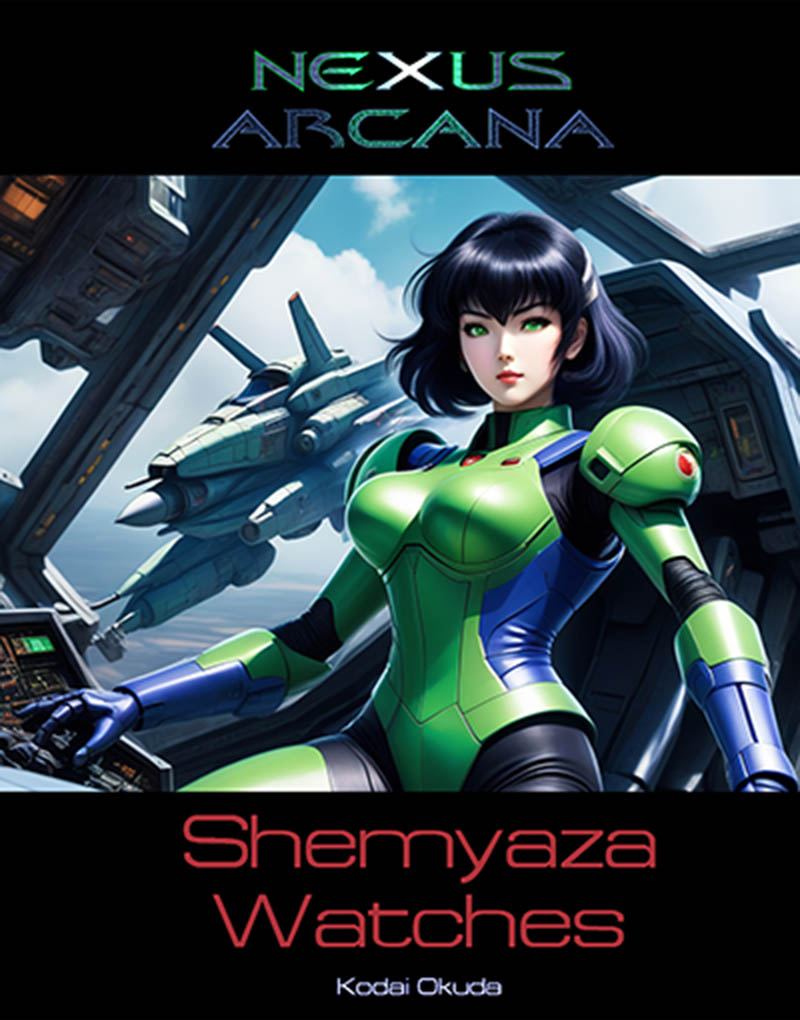- Ancient alien races, artifacts, or technologies are normally present.
- The use of military forces as the main protagonists (Heroes of the story) against the antagonists (who are usually alien, but not always)
- Strong characters (both male and female), who are clearly defined in detail (down to how stinky they are in Who Goes There?)
- No or very few fairy tale elements (like elves, vampires, werewolves, magic powers, dragons, etc.), with the exception of "scientifically" explained versions of these formerly supernatural beings. A good example of an explained version of a fairy-tale create are the "sci-fi" vampires from Colin Wilson's The Space Vampires.
- Strong Individualism, (usually in direct opposition to collectivism)
- Hope for the future (no nihilistic themes)
- The evolution of mankind into a better race (mentally, physically, spiritually, and emotionally; or a combination of some or all of those)
- Pro-Capitalist/Liberty, and anti-communist/socialist. Although, the argument could be made that Heinlein was partial to fascism, Campbell was certainly not. In fact he (John Campbell) was so anti-Nazis/Fascist as to have been considered pro-Semitic during the 1930s and WWII.
- Agressive solutions, not peaceful resolutions.
- Psionic ability is a must.
- Supernatural is treated as preternatural in the sense that science will prove its existance and what it is (this extends to the concept of God as in the Japanese video game series Xenosaga which has most of the Campbellian elements in it)
- MacGuffins (non-essential elements used to move the story) are kept to a minimum.
John W. Campbell was a man who perhaps inadvertantly, maybe even single-handedly, moved science fiction from the pulp magazines of "scientifiction" and Space Opera into the mainstream of literary writing while keeping the genre out of the hands of the ideologically driven futurians. At the same time Campbell used the talents of the futurians--like Isaac Asimov--to mold SF into a well balanced mix of all three disciplines of science fiction. In short, he took Sci-Fi out of the shadows of fringe entertainment and made it respectable.
-Prime Administrator








